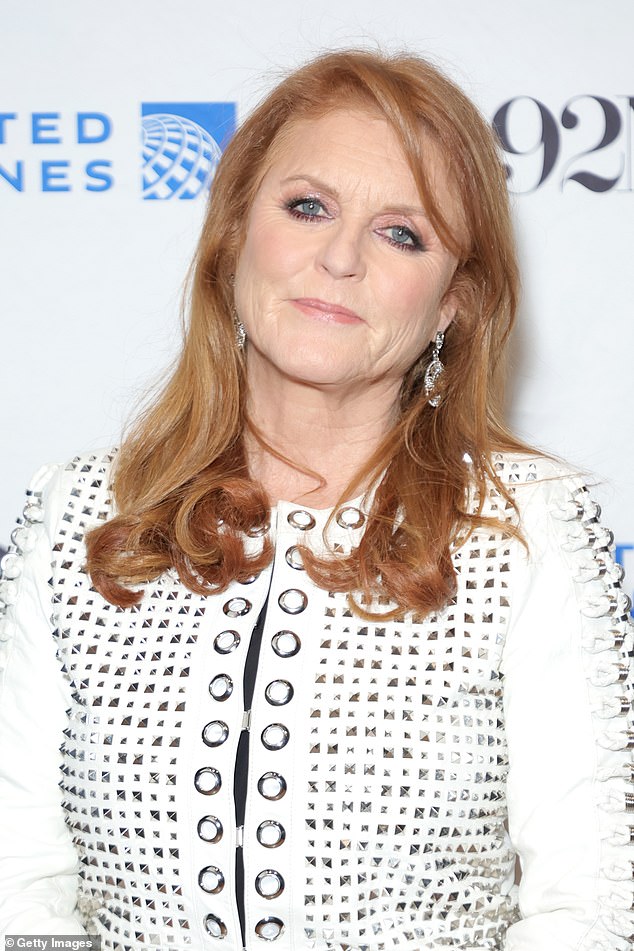Table of Contents
As hundreds of thousands of students in England, Wales and Northern Ireland receive their GCSE results today, many can take comfort in knowing that even the Royal Family is not exempt from the pressures of academic exams.
Although destined for a life of public service, members of the Royal Family have faced the same anxieties and challenges as other students when it comes to their education.
This year’s GCSE results mark an important moment, with grades returning to pre-pandemic levels after several years of adjustments due to the COVID-19 pandemic, and the proportion of entrants achieving the highest grades falling for the third year in a row. One royal is even picking them up – James, Viscount Severn, will be getting his grades.
As the latest division of the COVID generation receives their results, the experience of waiting for test results is resonating across all walks of life, including within the walls of Buckingham Palace.
While today’s royals can sit GCSEs and A-levels, many senior members of the Firm took O-Levels, the predecessor to GCSEs, during their school years. However, some of their results may come as a surprise.
From Queen Camilla to King Charles and the Duchess of York, how well did the royals perform in their own school exams? Read on to find out.
From Queen Camilla to King Charles and Sarah Ferguson, Duchess of York (pictured), how well did the royals perform in their own school exams?
King Charles
Charles followed his father to Gordonstoun in Moray, Scotland, an experience he has since described as a “prison sentence”, dubbing the independent school “Colditz in kilts”.
The boarding school, which costs £15,300 a term, was founded in 1934 by Kurt Hahn, a German Jew who had escaped from Hitler, and the late Duke of Edinburgh was one of its first pupils.
Housed in a 17th-century building surrounded by prefabricated houses that were once RAF barracks, Charles arrived at Gordonstoun in 1962, when he was 13.
It was clear from the start that he was not a big fan of school, writing in a letter home: “I hardly sleep at home because I snore and get hit on the head all the time. It’s absolute hell.”
Another letter sent two years ago said: ‘The people in my dorm are disgusting. They throw slippers at me all night or hit me with pillows… Last night was hell, literally hell.
“I wish I could go home.”
Charles left Gordonstoun with five O-levels and two A-levels: a B in history and a C in French.
He continued his studies at Cambridge and graduated with a 2:2 in History. Charles’s bodyguard, who attended all his classes, is said to have obtained a 2:1.
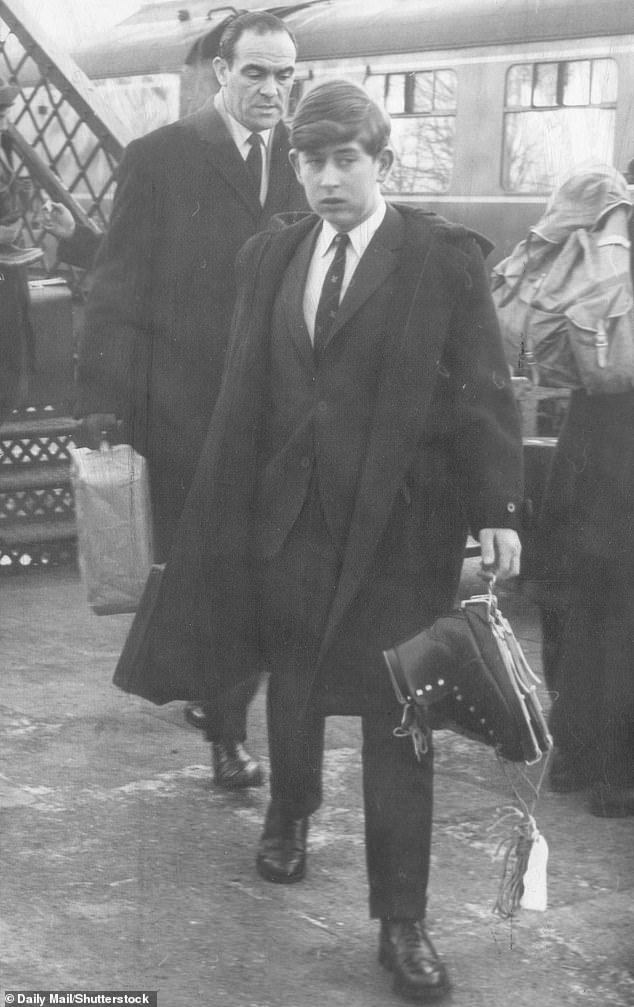
Charles followed his father to Gordonstoun in Moray, Scotland, an experience he has since described as a “prison sentence”, dubbing the independent school “Colditz in kilts”.
Camilla enrolled at Queen’s Gate School in South Kensington at the age of 10, an institution which, at the time, was supposedly intended to “provide wives for the Foreign Office and most of the nobility”.
In 1957, students were taught life skills such as cooking, flower arranging and how to write checks.
Camilla eventually achieved an O-level before leaving Queen’s Gate School at the age of 16, although it is not known what subject this was in.
He did not continue with higher education and instead attended the Mon Fertile High School in Tolochenaz, Switzerland, and the Institut Britannique in Paris.
In the latter, Camilla spent six months studying French and French literature.
During her youth she had a series of jobs as a secretary and receptionist.
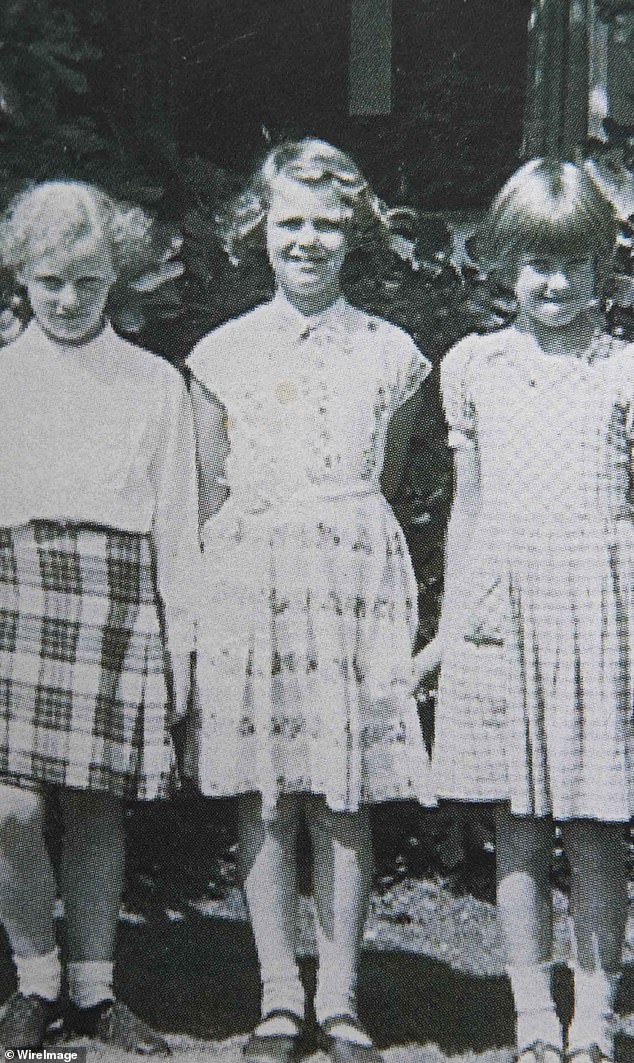
Queen Camilla visits Ditchling Museum in Ditchling, East Sussex, in 1956
Princess Diana
Diana, who once described herself as “thick as a board”, failed any O-level exams.
She initially attended Riddlesworth Hall Preparatory School in Diss, Norfolk, before enrolling as a boarder at West Heath, near Sevenoaks, Kent, in 1974.
Although she did not earn a degree, she is said to have shown a particular talent for music as an accomplished pianist while at West Heath, as well as for dancing and domestic science.
She also won the school award for the girl who provides the most help to the school and her classmates.
Diana left West Heath in 1977 and attended the Alpin Videmanette institute in Switzerland, which she left after the Easter term of 1978.
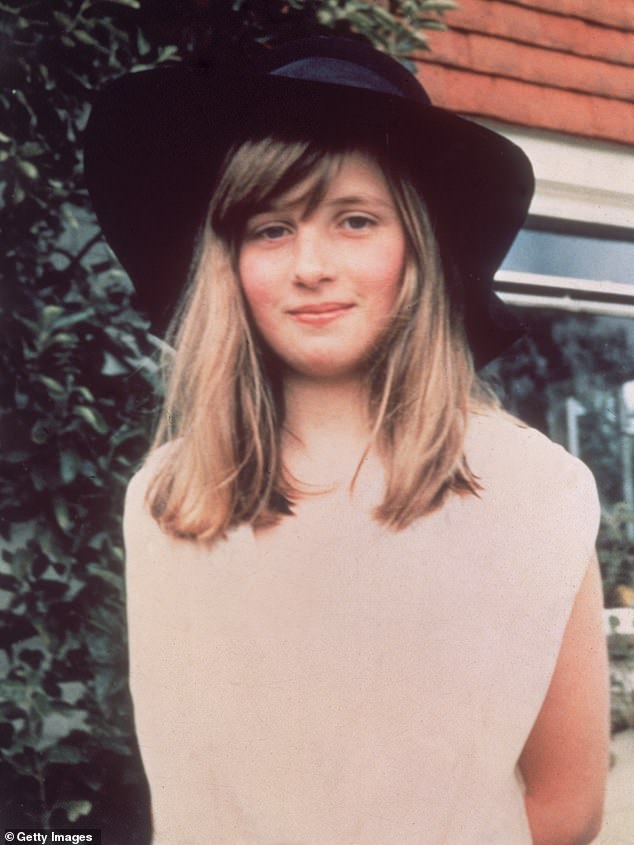
Diana (above in 1971), who once described herself as “thick as a board,” did not earn a college degree.
Prince Andrew
Like his brother and father, Prince Andrew attended Gordonstoun in Scotland.
Despite being known at Gordonstoun as ‘the Laughter’ due to his penchant for ‘off-color jokes’, Andrew gained six O-levels and three A-levels in English, History and Politics.
He was a brief exchange student at Lakefield College School in Ontario, Canada, in 1977, where he spent six life-changing months.
After leaving school with a respectable number of grades, Prince Andrew joined the Britannia Royal Naval College (BRNC) in 1979 to train as a naval officer.
Andrew completed the course at the BRNC in 1980.
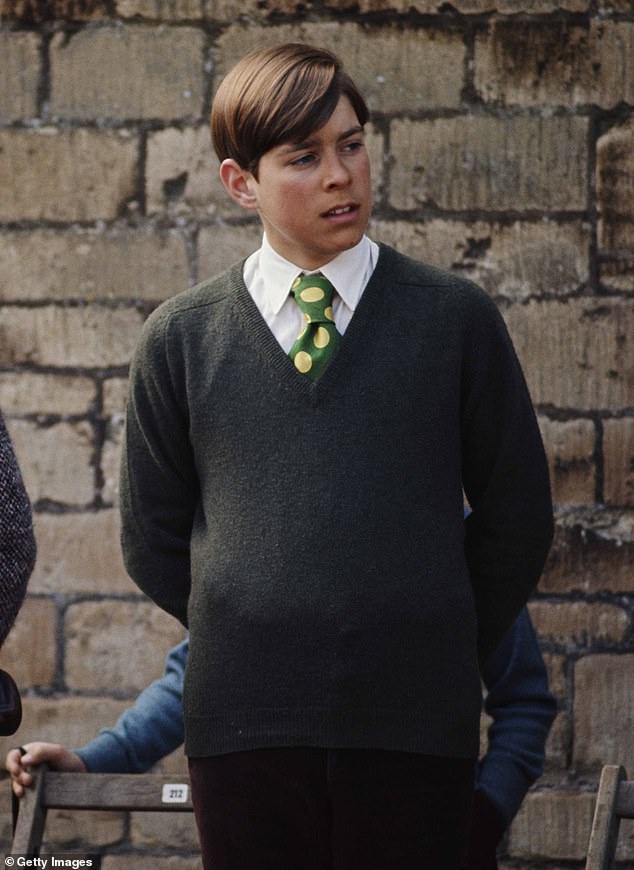
Like his brother and father, Prince Andrew (above in 1973) attended Gordonstoun in Scotland.
Sarah Ferguson
Sarah, the Duchess of York’s O-level exam results were discovered in January when a piece of paper detailing the results of exams she took in June 1976 was found in a dusty filing cabinet.
It appears to have been accidentally left behind at Hurst Lodge school in Ascot, where the Duchess was a weekly boarder in the early 1970s, and shows that she only passed two subjects: spoken English, with an A, and art, with a C.
But passing just two subjects has done little harm to the ex-wife of Prince Andrew, who has topped the best-seller lists with her children’s books and romance novels.
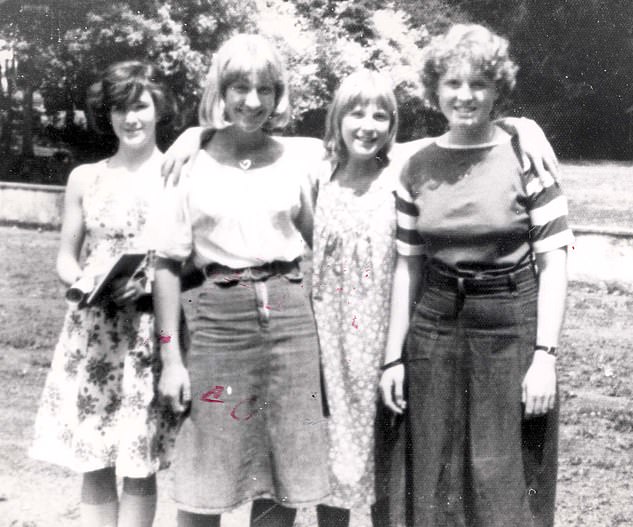
Sarah Ferguson (right) with her classmates at Hurst Lodge School in Ascot. Left to right: Debbie, Davida Hadden, Sharon O’Toole
Prince William
Breaking with royal tradition, Prince William became the first senior royal to attend Eton College, an adult-only sex institution, when he was 13 in 1995.
William stayed at the school’s boarding school during the week, but spent weekends with his grandmother, the late Queen, at nearby Windsor Castle.
At Eton, he took 12 GCSEs and three A-levels: an A in geography, a B in art history and a C in biology.
During his senior year, Prince William was one of 21 elected members of a prestigious society of prefects, whose members were known as “Pops.”
The young royal was also incredibly active, a trait he has maintained as an active royal. In addition to his duties as leader of the swimming and football teams, he was also said to have played water polo.
After Eton, William attended the University of St Andrews in Scotland, where he graduated with a 2:1 in geography.
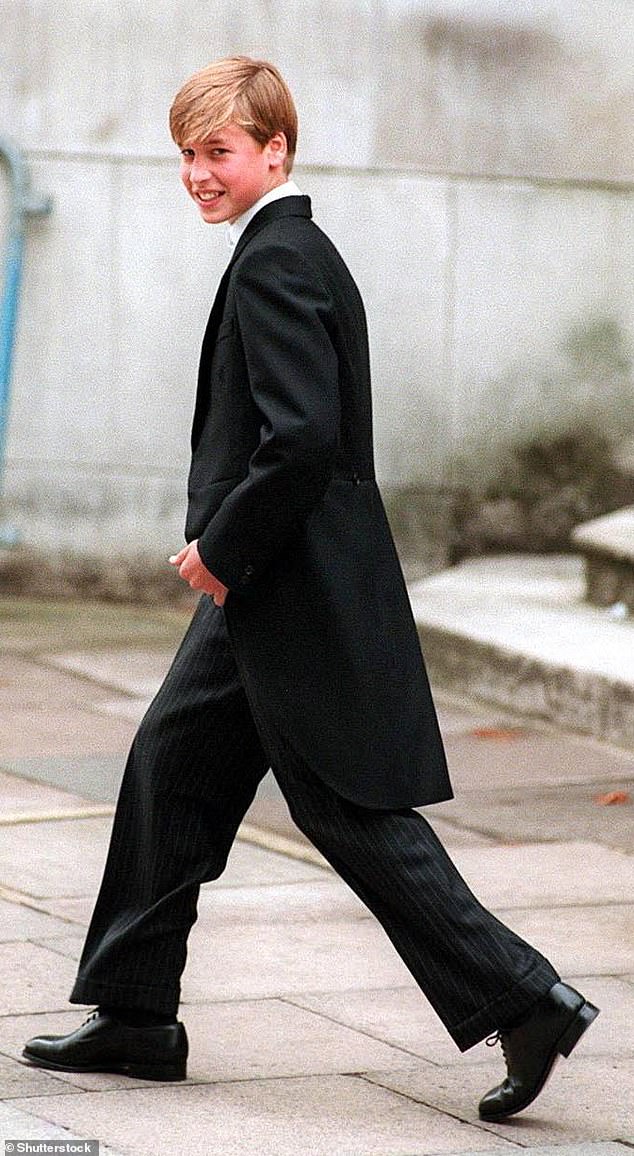
Prince William became the first royal to attend Eton College, a single-sex institution, when he was 13 in 1995.
Kate Middleton
The Princess of Wales thrived at Marlborough College in Wiltshire, where she excelled academically and performed well in sports, including hockey and tennis.
There’s no doubt that Kate had a huge impact on her school; she was later hailed as “the person most likely to be liked by everyone” in her yearbook when she left for her gap year.
Kate left Marlborough College with 11 GCSEs and three A-levels: A’s in maths and art and a B in English.
She then attended the University of St. Andrews (where she met Prince William) and emerged with a 2:1 in art history.
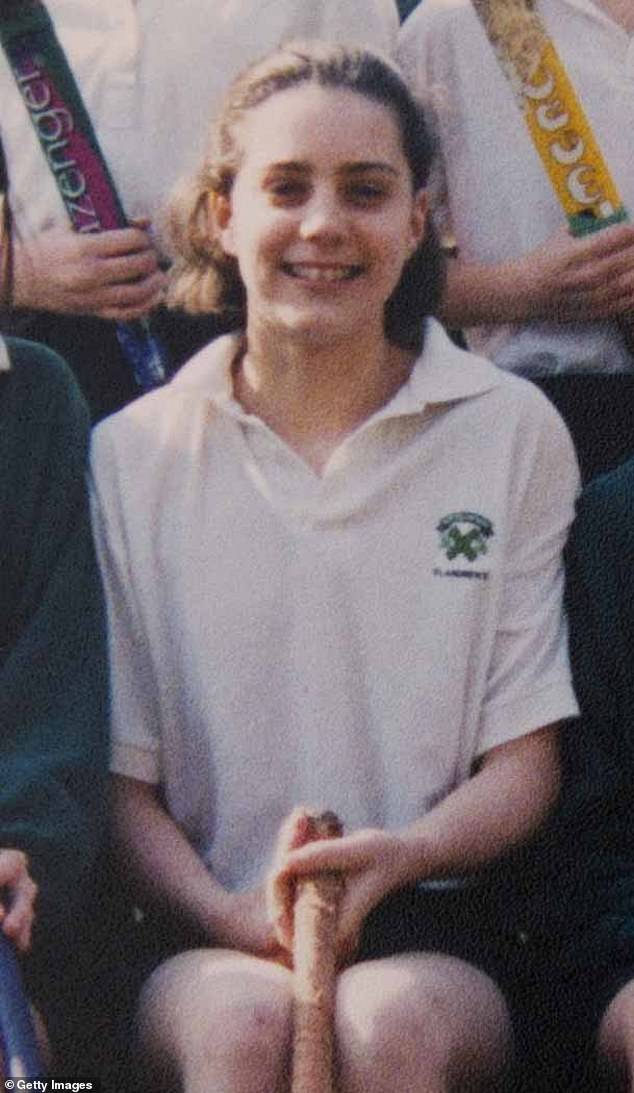
The Princess of Wales thrived at Marlborough College in Wiltshire, where she excelled academically and performed well in sports, including hockey and tennis.
Prince Harry
Less academic than his brother, Prince Harry also attended Eton College.
He managed to obtain 11 GCSEs and two A-levels: a B in art and a D in geography.
But what Harry really excelled at while attending Eton was sports.
He said: ‘‘I decided that sport would be my thing at Eton,’ he added, ‘The sporting boys were divided into two groups: dry bobs and wet bobs.
‘Dry bobs played cricket, football, rugby or polo. Wet bobs rowed, sailed or swam.’
Harry was also a Member of the Combined Cadet Force at Eton.
Instead of attending college, he joined the military.
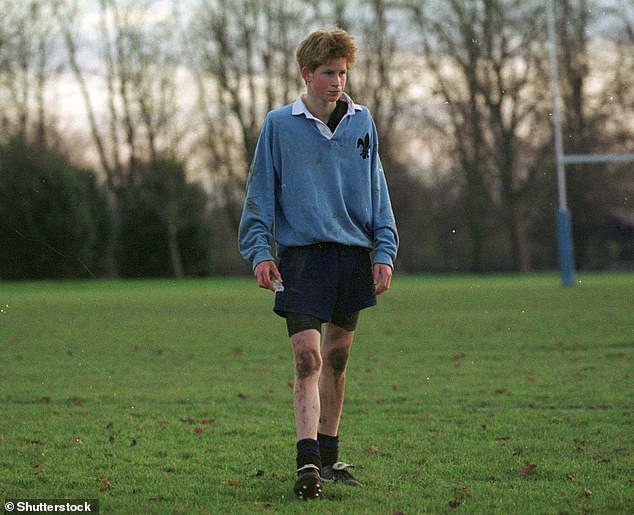
Less academic than his brother, Prince Harry also attended Eton College.

